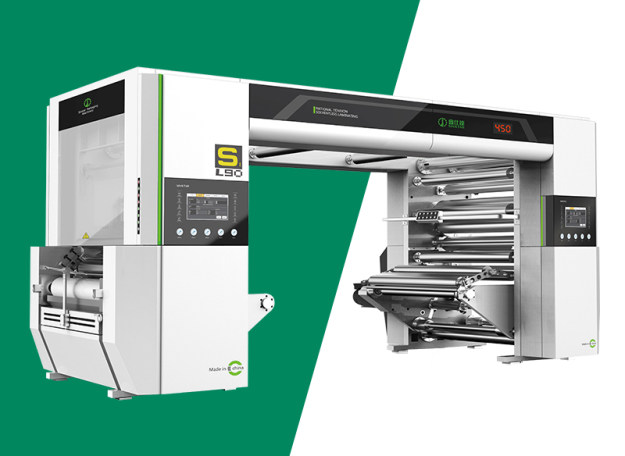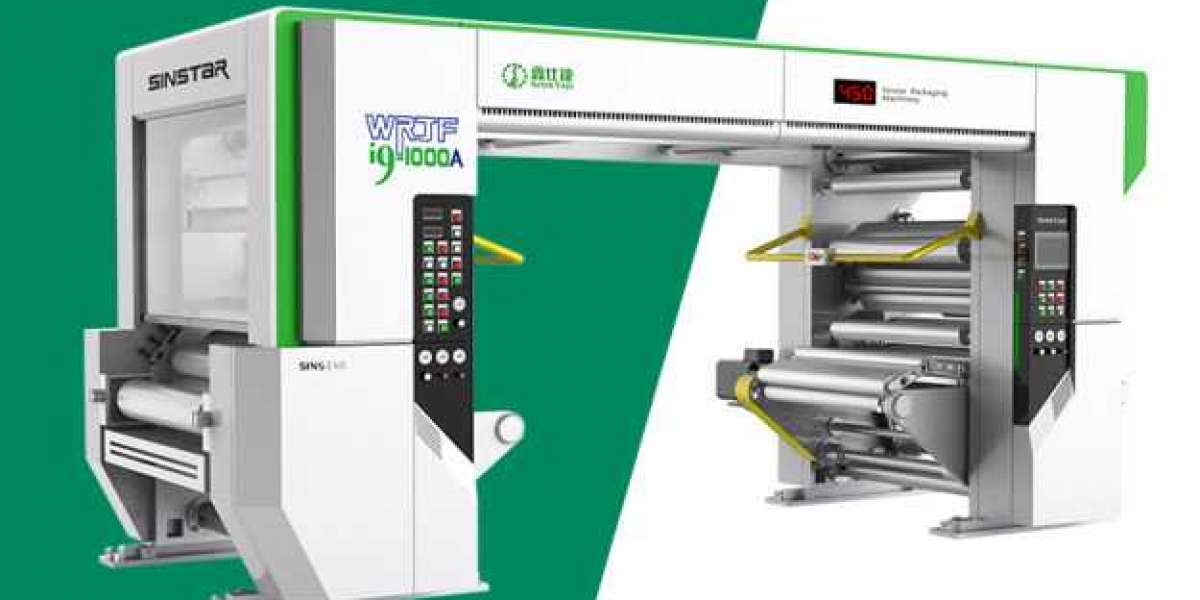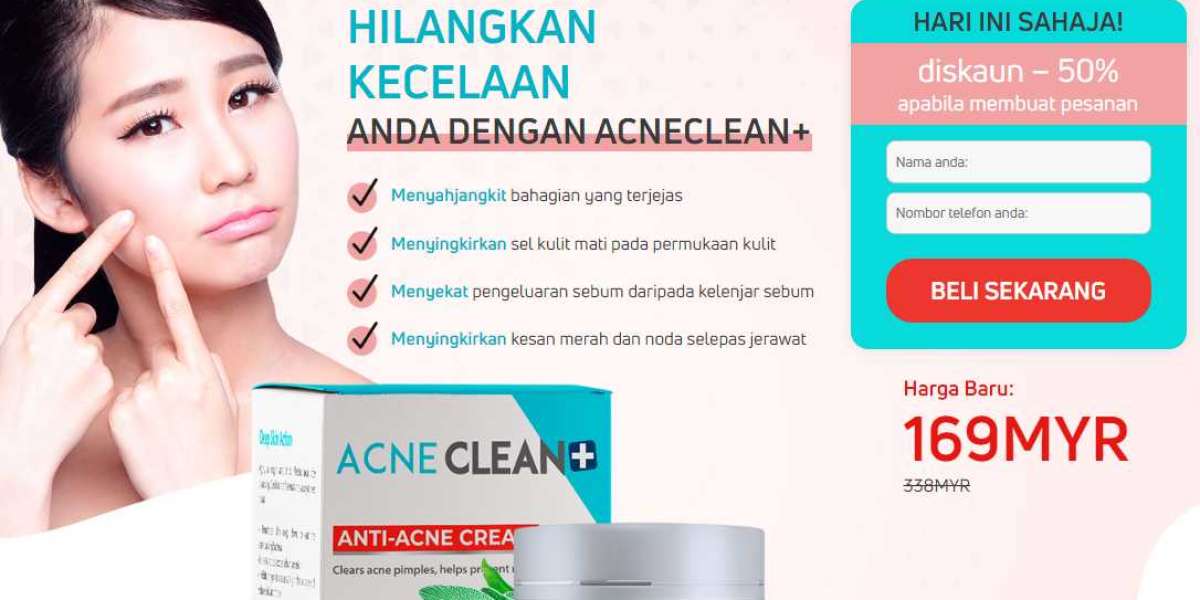Solventless lamination machine has fast speed and high efficiency but also means having high risks in the absence of deviations in process conditions. The most difficult factor is the lag phenomenon of composite materials quality performance. Therefore, the composite process is also known as a special process, how to minimize the risk of solvent-free composite?

1.The Necessary Small Process Sample
Changes in raw materials and process conditions, which will lead to the quality problems of the batch. For example, formulating film material, printing ink type, type adhesive, and so on. At present, the raw material quality of different suppliers is uneven. It is not easy to replace each other, moreover, film materials, ink, adhesives, process conditions, still matched, such as solvent-less.
For example, -oh which is now widely used in the polyurethane ink resin, consumes a certain amount of rubber curing agent and the degree of consumption is related to the ratio of the ink layer and the thickness of the resin in the ink layer. The adhesive layer of the ink layer portion does not appear.
After the sample test has been passed, technical documents should be formulated in strict accordance with the established process and the raw material supplier will provide a stable formulation. If the raw material formulation or process conditions have changed, the sample should be re-tested.
2. Comprehensive Quality Inspection
For quality inspection, it should focus on the composite film appearance, peel strength, heat sealing strength, heat sealing temperature, solvent residue, At the same time, food packaging, pharmaceutical packaging is different in terms of sample treatment, soaking method, soaking conditions (time/temperature), indicator units.
Today, food packaging safety is widely concerned that the safety test of packaging materials is also one of the important factors of reducing business risks.
3.Solvent-free Composite Technology
The maximum characteristics of solventless composite technology, materials for solvent-free composite and drying composite, are low initial viscosity, small coating. Various quality problems have occurred primarily related to these two factors. Therefore, the experience gained through dry composite methods can’t be simply transplanted into a solventless composite.
For example, when the glue flow at both ends of the gluing baffle is insufficient, it is easy to aging, resulting in reduced glue and insufficient peel strength at both ends of the composite film with the uneven glue. The side of the baffle should be stirred regularly.
At the same time, it is necessary to ensure the correctness of the ratio of the two-component binder and the curing agent. The metering pump blocking can result in a ratio error of the two-component gels and the curing agent, For example, a batch accident in which the curing agent is insufficient, resulting in insufficient dryness of the composite film, less than the peel strength and low heat sealing strength. So correctly detecting the refractive index of the rubber, monitoring the accuracy of the ratio, avoiding the situations, which including maintenance that cannot be maintained, the unbalanced binder proportion and no alarm for mixing pump, are necessary for improving solventless composite technology.
The solventless lamination is more and more widely used in the flexible packaging industry with the advantages of high efficiency, low cost and environmental friendly. Learning how to reduce the bulk loss and minimize the risk of solventless composite can greatly do a favor for the better operation of a solventless laminator.








